Table of Contents
Introduction
Laksa, a beloved Southeast Asian dish, has captured the hearts and taste buds of food enthusiasts worldwide. This spicy, aromatic noodle soup is a perfect blend of flavors, combining the richness of coconut milk with the tanginess of tamarind and the heat of chili peppers. In this blog post, we’ll dive into the world of laksa recipe and provide you with a step-by-step guide to creating this mouthwatering dish in your own kitchen.
What is Laksa?
Laksa is a popular spicy noodle soup that originated in the Peranakan cuisine of Southeast Asia. It typically consists of rice noodles or wheat noodles served in a rich, spicy broth made with coconut milk, herbs, and spices. The dish is often topped with various proteins such as shrimp, chicken, or tofu, along with fresh garnishes like bean sprouts, cilantro, and lime wedges.
There are two main types of laksa:
- Curry Laksa (Laksa Lemak): This version features a coconut milk-based broth flavored with a spice paste made from ingredients like dried shrimp, lemongrass, galangal, and turmeric.
- Asam Laksa: This tangy variation uses a tamarind-based broth and is typically served with a fish-based protein.
How to Make Laksa Recipe
Ingredients and
Laksa Recipe
Course: MainCuisine: AsianDifficulty: Intermediate4
servings30
minutes30
minutes500
kcalIngredients
1 tbsp vegetable oil
1 onion, finely chopped
3 garlic cloves, minced
2 tbsp Laksa paste
4 cups chicken or vegetable stock
1 can (400ml) coconut milk
1 tbsp fish sauce
1 tsp sugar
8 oz rice noodles
1 lb prawns, peeled and deveined
1 cup bean sprouts
1/4 cup fresh coriander leaves, chopped
Lime wedges, for serving
Directions
- Heat the vegetable oil in a large pot over medium heat. Add the onion and garlic, and sauté until fragrant and translucent, about 5 minutes.
- Stir in the Laksa paste and cook for another 2 minutes, until the paste is aromatic.
- Pour in the chicken or vegetable stock, coconut milk, fish sauce, and sugar. Bring the mixture to a boil, then reduce the heat and let it simmer for 10 minutes.
- Meanwhile, prepare the rice noodles according to the package instructions. Drain and set aside.
- Add the prawns to the simmering Laksa broth and cook for 2-3 minutes, until they turn pink and are cooked through.
- Divide the cooked rice noodles among serving bowls. Ladle the hot Laksa broth and prawns over the noodles.
- Top each bowl with a handful of bean sprouts and a sprinkle of chopped coriander leaves.
- Serve the Laksa hot, with lime wedges on the side for squeezing over the top.
d sliced chili peppers.
Variations and Tips: Laksa Recipe
- Vegetarian Laksa: Replace the shrimp paste in the laksa paste with miso paste and use tofu or vegetable-based protein.
- Garnish Options: Customize your laksa with additional toppings like fried shallots, fish cakes, or pickled vegetables.
- Adjust the Spice Level: Control the heat by adjusting the number of chili peppers in the laksa paste or as a garnish.
- Prepare in Advance: The laksa broth can be made ahead of time and stored in the refrigerator for up to 3 days or in the freezer for up to 1 month.
The History and Origins of Laksa Recipe
Laksa has a rich history that spans several countries in Southeast Asia, including Malaysia, Singapore, and Indonesia. The dish is believed to have originated from the Peranakan cuisine, which is a fusion of Chinese and Malay culinary traditions. The Peranakans, also known as Straits-born Chinese, developed a unique cuisine that combined Chinese ingredients and cooking methods with Malay spices and flavors.
The exact origins of laksa are still debated, but it is thought to have evolved from a similar Chinese noodle soup called “la sa,” which means “spicy sand” in Hokkien dialect. As the dish spread throughout the region, different variations emerged, each with its own unique characteristics and flavors.
In Malaysia, laksa is particularly popular in the states of Penang, Malacca, and Johor, where it is often served as a hearty breakfast or lunch. In Singapore, laksa has become a beloved national dish, with the famous Katong Laksa being a must-try for food enthusiasts visiting the city-state.
Regional Variations of Laksa Recipe
As laksa gained popularity across Southeast Asia, regional variations began to emerge, each with its own distinct flavors and ingredients. Some notable regional variations include:
- Penang Asam Laksa: This tangy and spicy version from the Malaysian state of Penang features a fish-based broth flavored with tamarind, lemongrass, and pineapple. It is typically served with thick rice noodles, shredded fish, and a generous garnish of fresh herbs.
- Sarawak Laksa: Originating from the Malaysian state of Sarawak on the island of Borneo, this variation has a base of sambal belacan, a spicy shrimp paste condiment. The broth is enriched with coconut milk and served with thin rice noodles, shredded chicken, and lime.
- Katong Laksa: This famous Singaporean variation features a rich, coconut milk-based broth that is thicker and more heavily spiced compared to other laksa varieties. The noodles are cut into shorter lengths, making it easier to eat with just a spoon.
- Laksam: This variation, popular in the Malaysian states of Kelantan and Terengganu, features a creamy, white broth made with coconut milk and fish. The dish is served with wide, flat rice noodles and garnished with cucumber, onions, and chili peppers.
Laksa Paste: The Key to Authentic Flavor
One of the essential components of a delicious laksa is the laksa paste. This complex blend of aromatic herbs, spices, and shrimp paste forms the base of the dish and gives it its distinctive flavor profile. While store-bought laksa pastes are convenient, making your own from scratch allows you to control the quality of the ingredients and adjust the flavors to your liking.
A typical laksa paste includes ingredients such as dried red chilies, shallots, garlic, lemongrass, galangal, turmeric, candlenuts, and shrimp paste. These ingredients are blended together to form a smooth, fragrant paste that is then sautéed in oil to release its flavors before being combined with coconut milk and stock to create the laksa broth.
Making your own laksa paste may seem daunting at first, but with practice and patience, you can master the art of creating this essential component of a delicious laksa.
Laksa Recipe: A Comforting and Nutritious Meal
Not only is laksa a delicious and satisfying meal, but it also offers a range of nutritional benefits. The combination of rice noodles, protein, and aromatic herbs and spices makes laksa a well-balanced dish that can provide a good source of energy, protein, and essential vitamins and minerals.
The coconut milk used in many laksa recipes is rich in medium-chain triglycerides (MCTs), a type of healthy fat that is easily digested and can provide a quick source of energy. Coconut milk is also a good source of vitamins C, E, and B vitamins, as well as minerals like iron, selenium, and calcium.
The herbs and spices used in laksa, such as turmeric, galangal, and lemongrass, are known for their anti-inflammatory and antioxidant properties. These ingredients not only add flavor to the dish but may also offer potential health benefits.
Additionally, the protein sources commonly used in laksa, such as shrimp, chicken, or tofu, provide essential amino acids necessary for building and repairing tissues in the body.
When enjoyed as part of a balanced diet, laksa can be a nutritious and satisfying meal that offers both comfort and nourishment.

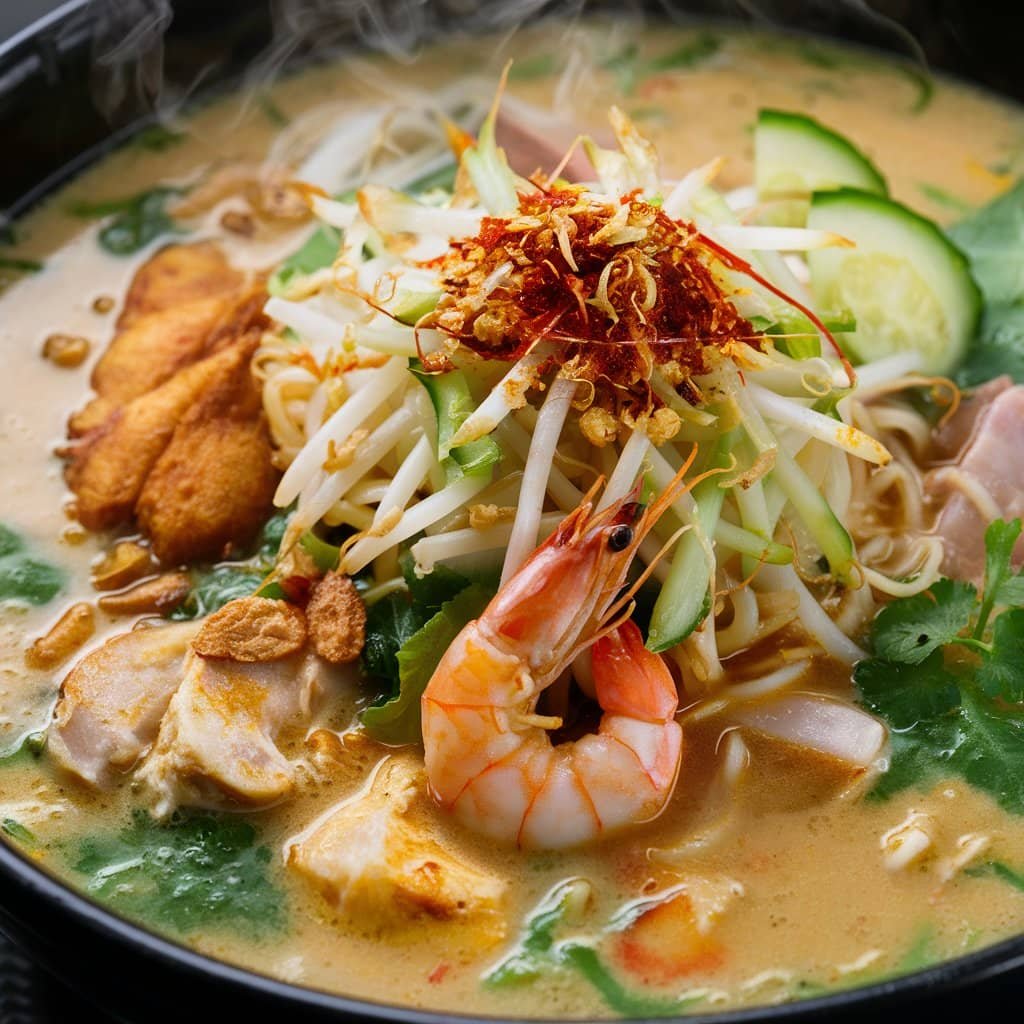

Conclusion
Laksa recipe is a comforting and flavorful dish that’s perfect for any occasion. With this step-by-step guide, you can now create your own delicious laksa at home. Don’t be afraid to experiment with different proteins, garnishes, and spice levels to find your perfect combination. Share your laksa creations with friends and family, and savor the warm, spicy flavors of this beloved Southeast Asian dish.
Happy cooking and enjoy your homemade laksa!




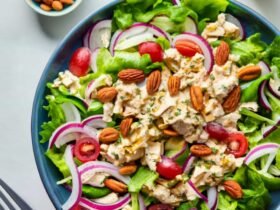


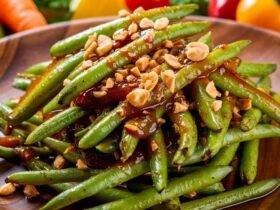

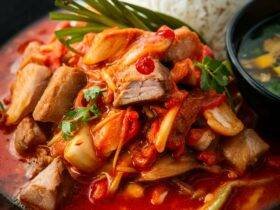





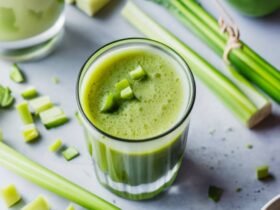

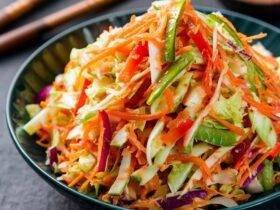
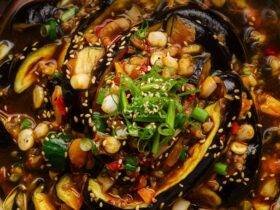

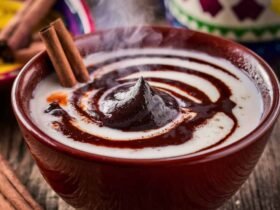



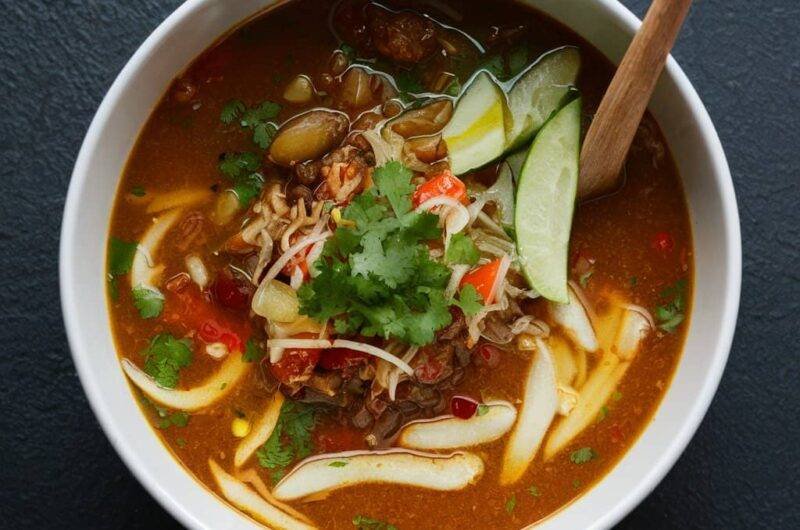


Leave a Reply